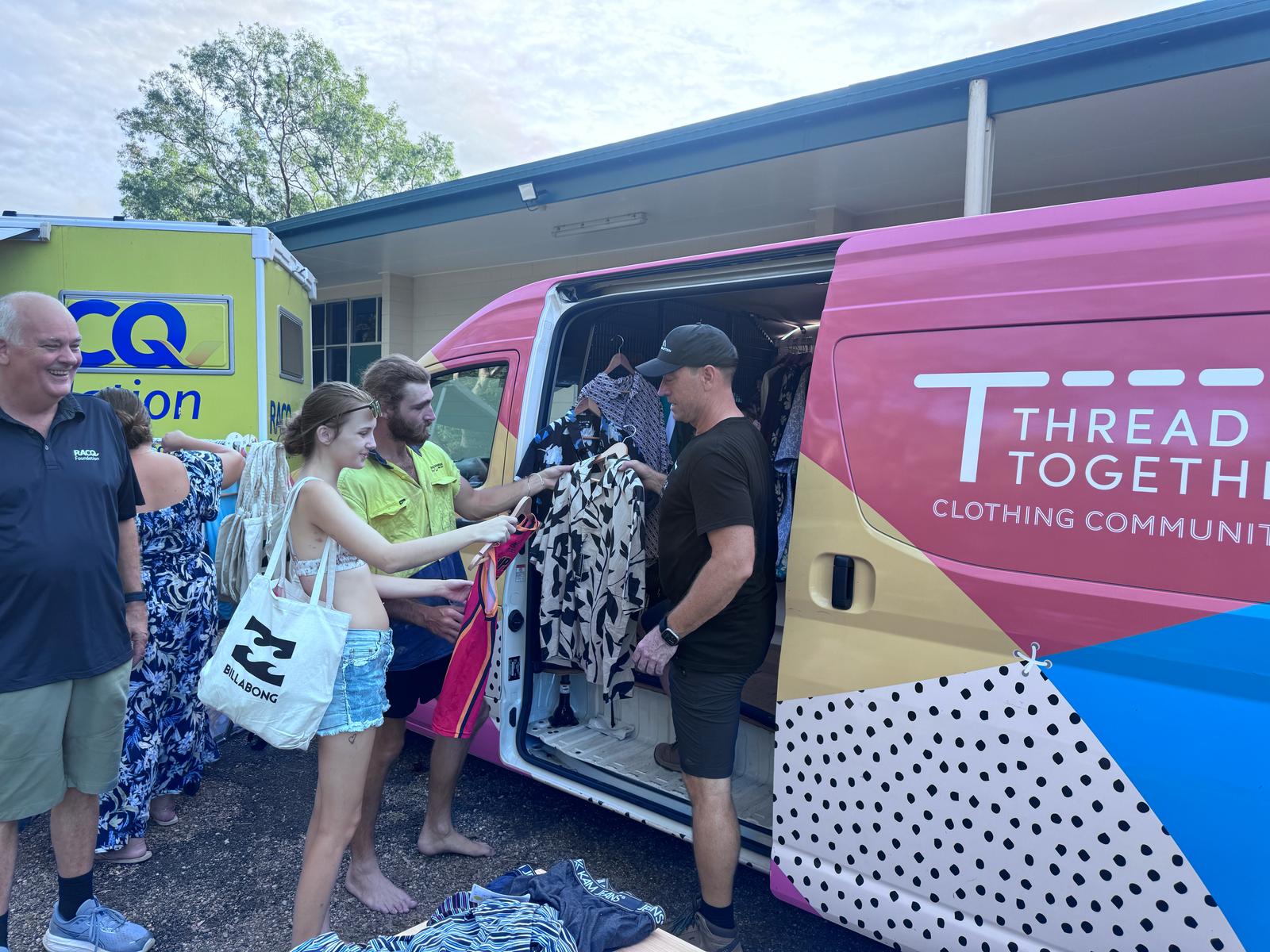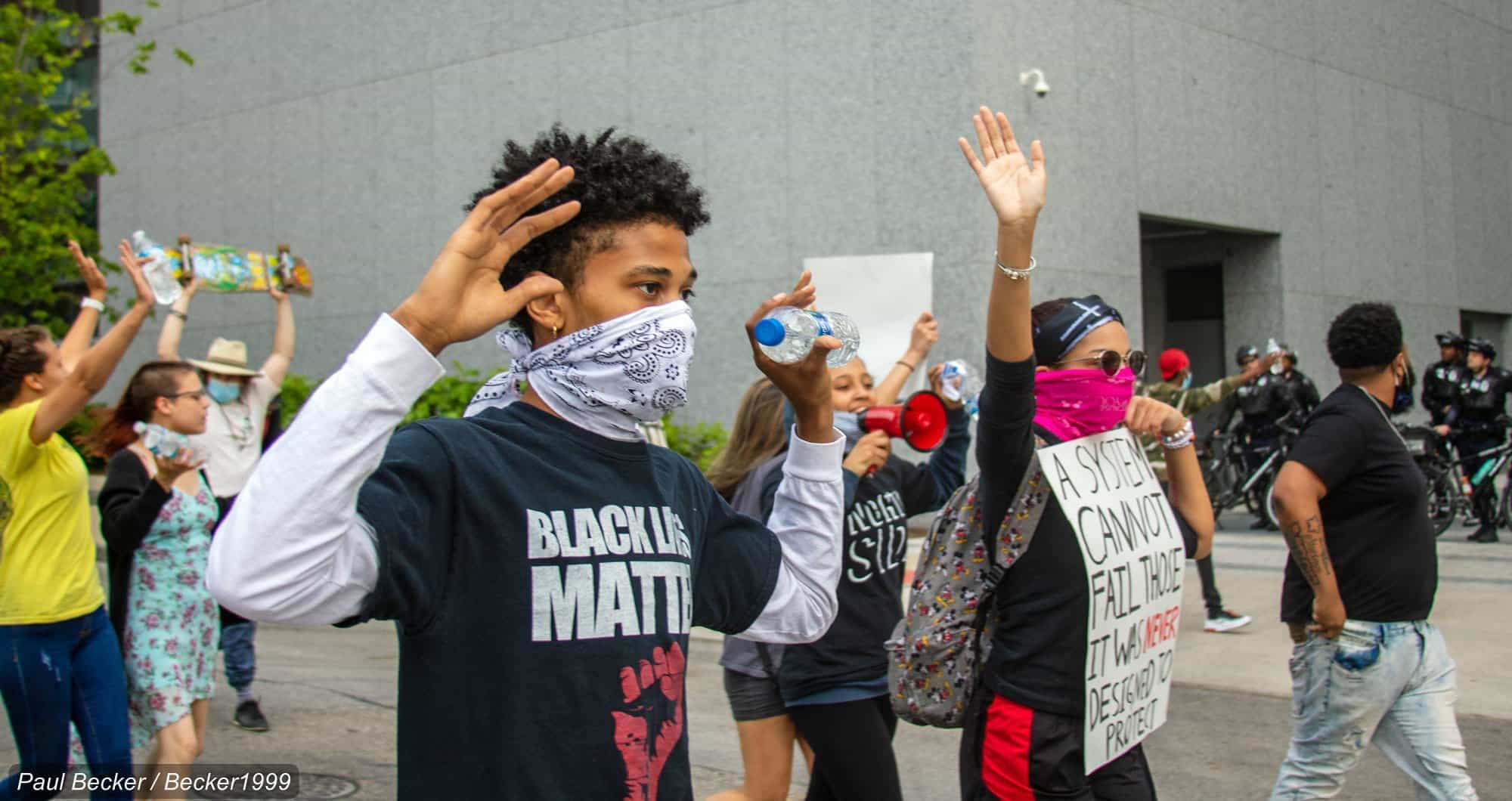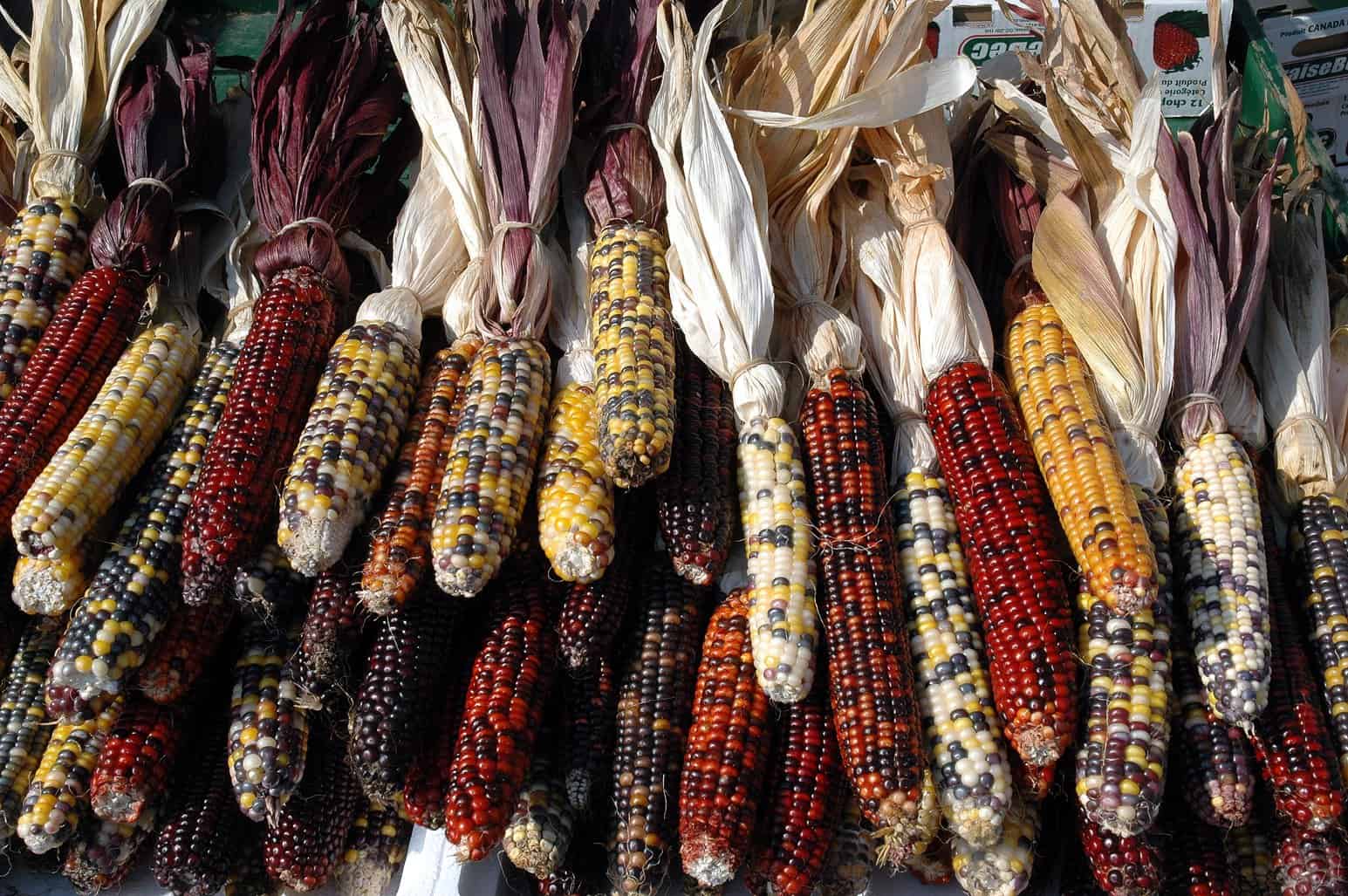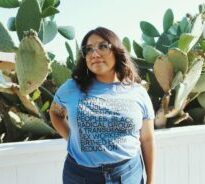Aja Pryor’s struggle with an eating disorder began when he was 12, after being bullied for his weight. But it took until the age of 27, in 2019, for him to access the right treatment.
Being Black and plus-sized, New Jersey-based Pryor didn’t feel he could identify with people who would or should have an eating disorder — nor did his parents see it as something that warranted seeking help.
“I didn’t have a lot of education about eating disorders in middle school. ‘Anorexia is for skinny white girls’ is basically what the textbooks could have said. I didn’t fit the mold. So I never thought I needed to pursue anything,” says Pryor, now 31.
“I grew up Christian, and a lot of what I was taught was, ‘if you’re struggling with this, just pray about it, give it to God and you’ll be fine.’ And if you weren’t fine, it was because you didn’t pray hard enough. These beliefs conflict with getting help for the things that are going on with you.
There’s a lot working against [Black people] when it comes to getting treatment for anything, especially an eating disorder.”
Pryor found help thanks to an approach that’s becoming more common: More eating disorder recovery centers are recognizing the importance of offering tailored, culturally sensitive support for patients of color. The Renfrew Center and Within Health, for example, now offer dedicated BIPOC support groups led by staff from those communities. This approach involves working not just with individuals but with families to break down some of the stigma and barriers people of color experience, and educating the wider medical profession, from doctors to health insurance companies.
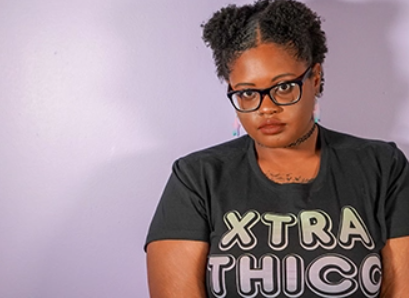
Pryor’s experience of being Black with an eating disorder reflects many of the barriers Black people and other people of color face in seeking and receiving treatment. Research has found, for example, that Black adolescents are 50 percent more likely than their white peers to exhibit bulimic behaviors such as binging and purging.
Yet while Black people and people of color are in general disproportionately affected by binge eating disorders, they’re less likely than white people to be questioned by a doctor about disordered eating. As a result, Black, Indigenous and other people of color (BIPOC) are half as likely to get a diagnosis or treatment for an eating disorder.
Eating disorder diagnoses in BIPOC communities are steadily increasing, confirms Paula Edwards-Gayfield. She worked at the Renfrew Center, which runs virtual, outpatient and residential treatment programs for people with eating disorders, for 16 years. She serves as co-chair for Renfrew’s Diversity and Inclusion Task Force and is a strong advocate for the awareness of eating disorders affecting people of color.
Though Edwards-Gayfield does family therapy with all her clients, she finds it to be particularly important with clients of color, especially Black clients. “There is still so much distrust in health care today. And there’s still this message, due to religious or familial beliefs, that you don’t go to therapy, don’t tell the secrets outside of the home — you take this to God,” she explains.
“So I find it to be extremely important to incorporate families, so we can educate them, try and remove some of the stigma, and teach them how to respond to and support their loved one.”
Weighed down by negative news?
Our smart, bright, weekly newsletter is the uplift you’ve been looking for.Working through cultural factors is one piece of the puzzle. Another key piece: increasing health professionals’ understanding of how eating disorders present and are triggered in patients of color to ensure they’re appropriately diagnosed.
It’s time to move past stereotypical beliefs, argues Edwards-Gayfield, such as that Black people tend to be more comfortable in a larger body size than white people, and that eating disorders are all about food control and a drive to be thin. In BIPOC patients, she says, eating disorders are often triggered or aggravated by the racism and microaggressions people encounter, and using food as a coping mechanism for dealing with emotional trauma.
Doctors also need to better recognize how symptoms like high blood pressure and stress can point to an eating disorder, rather than merely relying on weight loss or gain. To achieve this, Renfrew’s education and awareness program includes an annual conference as well as regular sessions at doctors’ offices; with staff at insurance companies; and with therapists, teachers and coaches in schools and colleges.
This awareness is what eventually brought Pryor to the Renfrew Center. The therapist he began seeing after several suicide attempts recommended he see a dietitian. The dietician immediately recognized that Pryor was suffering from an eating disorder and referred him to Renfrew.
What made the most difference for Pryor was Renfrew’s dedicated BIPOC treatment program, which includes weekly support groups run by BIPOC staff and sensitively incorporates culturally specific food and rituals into treatment plans. While Pryor was a residential patient, the rise of virtual services during the pandemic has also enabled Renfrew to create larger communities for patients of color.
“It was nice to have a safe space with just the Black community, run by a Black person, to get all this stuff out, especially being five of us in a community of 40 to 60 people,” says Pryor.
“It wasn’t always even about eating disorder stuff. That was definitely part of the conversation, but we talked a lot about different microaggressions, and we wrote up this big chart of different things that have happened to us, whether it be someone touching our hair, or making comments about our bodies.”
Pryor has now been discharged and is considered a Renfrew alum. He continues to work with a dietitian, who specializes in “Health at Every Size,” focusing on nutrition rather than weight loss or body image.
“The main thing that’s been important is having someone that genuinely cares and understands, which is unfortunate, because that’s not always the case with dieticians. The one I have is very kind and is more concerned about making sure that I’m feeding myself properly than losing weight or trying diets, so that’s also helped my recovery, to focus on nutrition rather than how I can change my body,” says Pryor.
“My dietitian is white, but she’s very open-minded, and cognizant of the fact that I’m a Black person with an eating disorder, and is always open to hearing my experiences or my struggles with that. All of those things have been really helpful to me.”
Pryor also uses his platform as a musician to raise awareness of body image and mental health issues, sharing music and messages via his Instagram.
“I’ve posted about the struggles of being plus size, and having an eating disorder. I’m not skinny, I’m not white — there’s more to what an eating disorder looks like. It’s deeper. There’s more to it than the label that people typically think of when they think of anorexia,” says Pryor. “It’s sad this goes undiagnosed or skipped over because people don’t fit the stereotype. It’s not normal according to society and the Black community itself.”
Pryor hopes others will be able to overcome stigma and get the help they deserve and need — and get it more quickly than he did. “No matter what anyone says, if someone is concerned about their eating habits, or the thoughts that they have about themselves, they deserve to seek help,” he says. “And if the first person closes the door in their face, try again, because we’re all deserving of the proper care we need. It shouldn’t take a decade for someone to get the help they deserve.”







